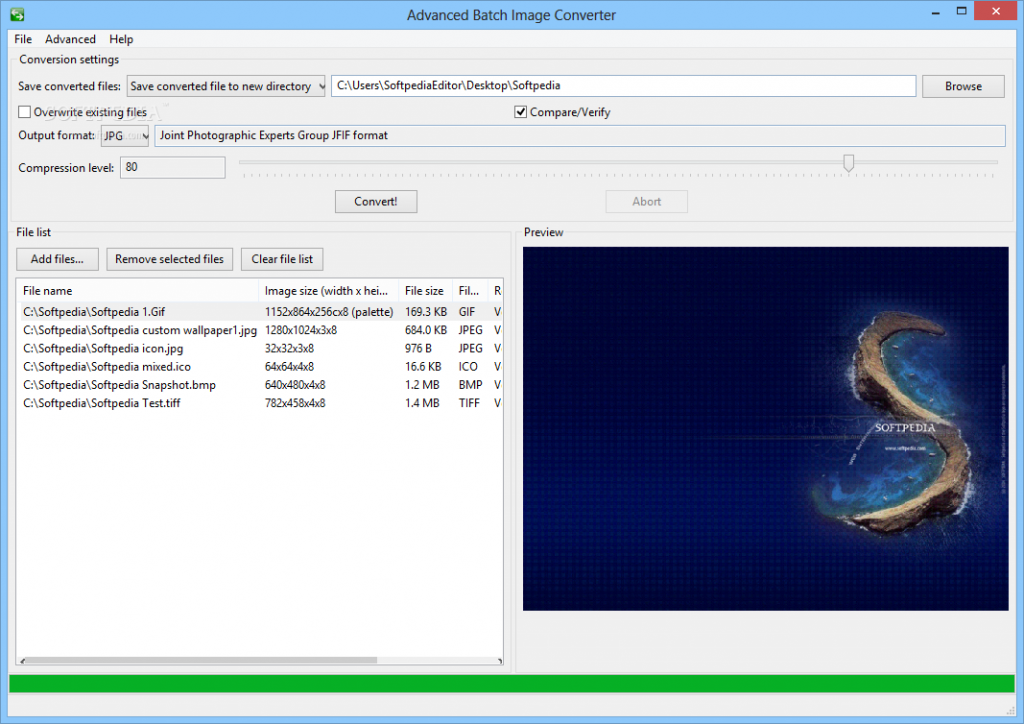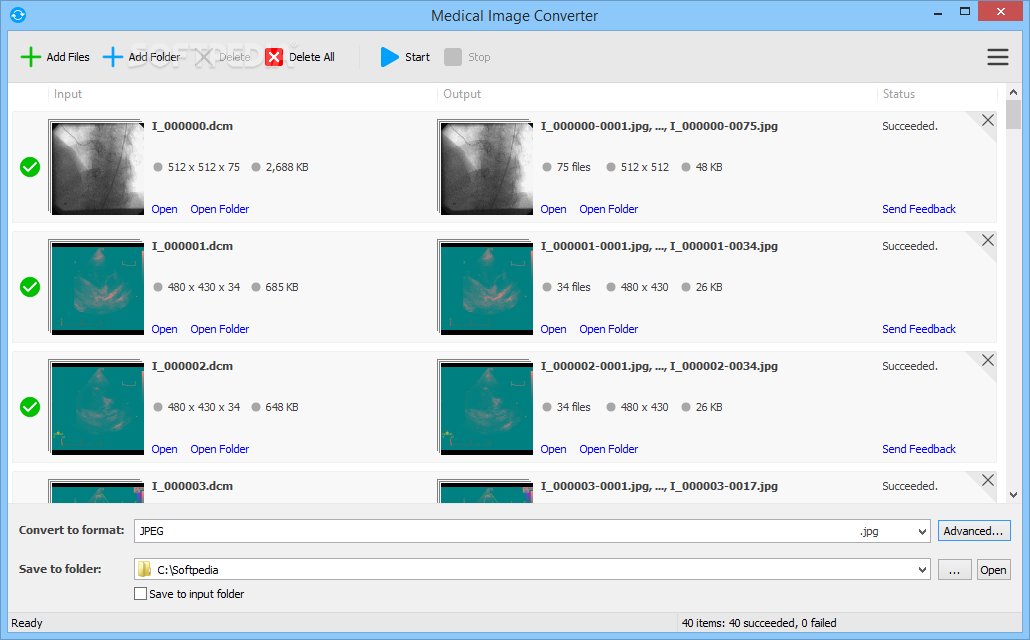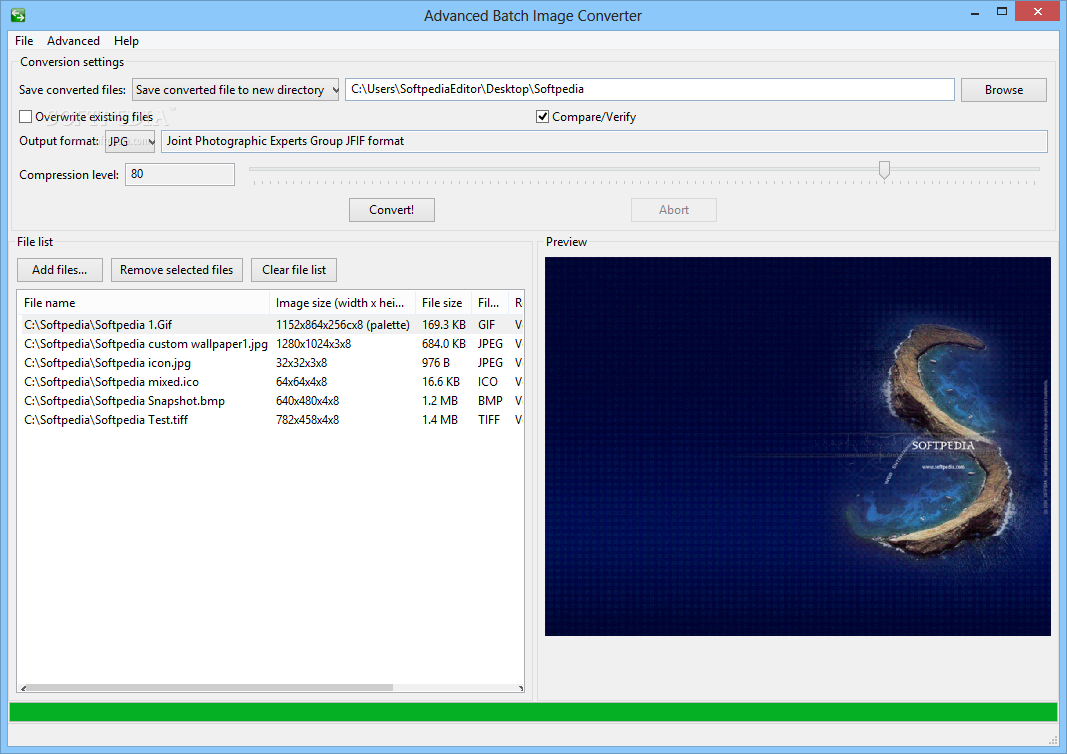
Important Things To Know About DST Files
If you are in the embroidery industry or you are doing embroidery works, you might need to be familiar with the DST file format. This is especially true if you are transitioning your work to the digital medium. If you want to take your traditional embroidery to the digital format but don’t know how we got you covered. This article will list some of the most important things to know about DST file format, a digital format commonly used in embroidery.
Take note that this article will discuss what are DST files, along with other important things to know about that file format. If you are interested in converting your files from JPG to DST instead, you can visit https://www.megadigitizing.com/blog/jpg-to-dst-conversion/. That service provides free of charge conversions, and if there is a charge, it is very minimal. Every conversion is done in just 5 to 30 minutes.
Basics of the DST file format
The DST file format is a file that utilizes computer-aided manufacturing or CAM, which stores its data in the Data Stitch Tajima or DST, a format used for embroidery.
This file format contains data set for stitching an embroidered pattern using a sewing machine, as well as codes that command the sewing machine when to start sewing, when to stop, when to trim, as well as jump. It contains all the instructions needed to sew an embroidery pattern.
The DST file format is among the most widely used formats used in embroider, in part because it is one of the earliest formats. Other popular file formats for embroidery include VIP, EXP, VP3, PES, and JEF.
In case you are a fan of embroidery or you want to start your business with embroidered fabrics, it is possible to make your own designed DST embroidery patterns. Alternatively, you can also get them from a website, page, or forum dedicated to embroidery, or collaborate designs with other embroidery enthusiasts. The design can be edited in a variety of applications or software and then transferred to a sewing machine, as long as it accepts DST files like Tajima. The machine will be the one to stitch your design into a cloth.
What is the best method for transferring a DST file from a computer to a sewing machine?
First, you’ll need to have a USB flash drive or storage device that has sufficient space for your embroidery DST files. Insert the storage device into your computer, and wait until it is recognized by your PC. Once the USB device is opened, a File Explorer for Windows computers or Finder for macOS should open automatically. You can open them yourself if it doesn’t boot automatically. Find the location of the DST file on your computer and transfer it to your USB flash drive or storage device.
After you’ve transferred the file, remove the storage device plugged into your computer and plug it into your sewing machine to copy the DST files that contain the pattern. There are also more advanced sewing machines that are equipped with wireless connectivity like Wi-Fi or Bluetooth, which allows the transfer of files without using USB storage devices. These sewing machines can receive DST files directly from your phone or PC, provided that they support Wi-Fi or Bluetooth file transfer protocol. The procedure for these transfers is similar to how you would copy files with a wireless printer, which is done through the machine’s touchscreen or button interface.
What is the procedure for opening a DST file?
DST files are supported by various software dedicated to embroidery. Some of these include Premier+ Embroidery, Buzz Tools, and SewWhat!.



